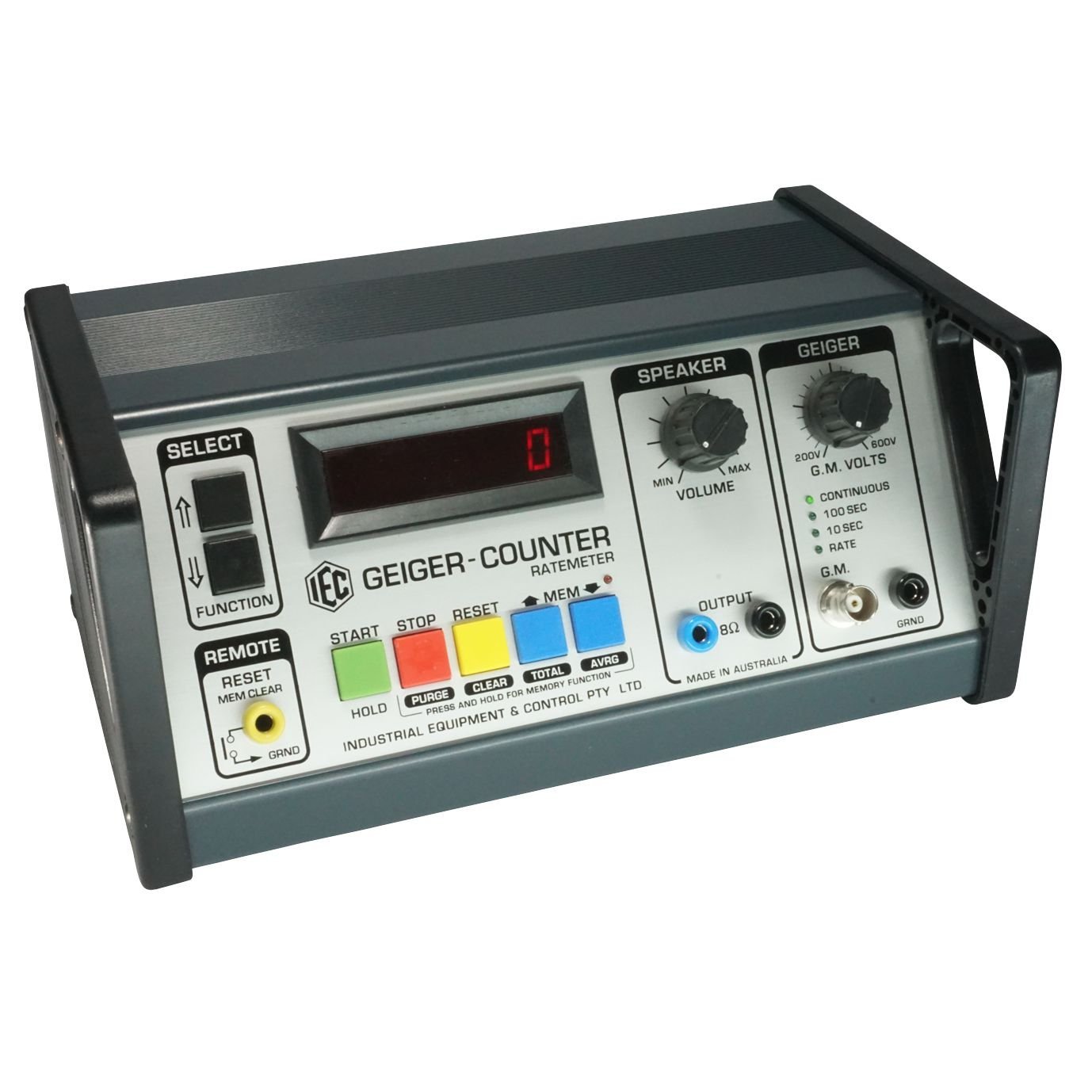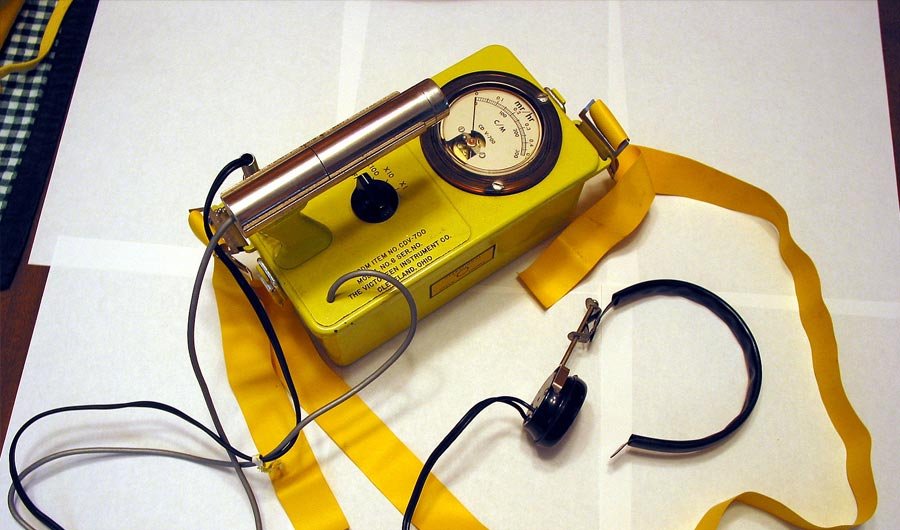Radiation Detection
Content of this page :
1. Introduction of the experiment.
2. Aim of the experiment.
3. Tools of the experiment.
4. Steps and methods of the experiment.
5. Parameter, Theory and Final law of the experiment.
6. Medical application and advantages of the experiment.
1. Introduction of the experiment:
Radiation Detector is an instrument used to detect or identify high-energy particles, such as those produced by nuclear decay, cosmic radiation, or reactions in a particle accelerator. an example of radioactivity measuring devices is (Geiger- Muller counter ( GM )) is a simple device which is used using for measuring radioactivity.
2. Aim of the experiment:
-To distinguish among alpha, beta and gamma radiation.
-To verify inverse square relationship between the distance and the intensity.

3-Tools of The experiment
· The radiation detector (Geiger- Muller counter (GM) is a simple device which is used using for measuring radioactivity. It consists of a metal tube called cathode, containing inert gas at low pressure and a wire along its central axis called anode. One of the end tube usually has a very thin window made of some low-atomic mass material, such as mica or beryllium, through which radiation can easily enter. When the ionizing radiation enters to the GM tube. It is ionizing the inner gas and producing ions and free electrons. The flow of charge causes a pulse current and this current amplified and detected by external counter.
· Radioactive sources are (Ɣ-source Co-60) and (Cs-137), α source (Am-241), β– sources (Ti-204) and Sr-90).
· Also, the sheets of aluminum and lead
used in this experiment.


4. Steps and methods of the experiment:
1- Distinguish
among alpha, beta and gamma radiation
-Take one radioactive source and set it on the
holder.
-Set GM-tube in front of the source.
-Set up the source at fixed distance (10 cm) from GM-tube.
-Turn on the counter.
-Place sheet of paper between the source and the
GM-tube, regard the counter if not stop use thin sheet of aluminum and regard
the counter if not stop then use sheet of lead.
-Explain the results.
2-Verify inverse square relationship between the
distance and the intensity
-Determine the background count by measuring
number of particles entering the tube without source. Background radiation
comes from cosmic ray, natural radioactive material in rocks, soil and in
bricks of building.
-Take radioactive source e.g. beta source and
set it on the holder.
-Set GM-tube in front of the source.
-Place the source at distance (1 cm) away from
the tube.
-Turn on the counter set the counting time at
60sec.
-Record the count rate.
-Repeat step 6 with distance 2, 3,4,….,10 .
-Tabulate the results
-Plot the graph between square distance and
actual intensity.
5 -Medical Application:
Alpha particles:-
1-To treat various form of cancer by inserting tiny amount of α –particles into cancerous mass, such as brain tumor, pancreatic, ovarian and melanoma cancers.
2- α-particles are used for treating bone cancers.
3-Treating leukemia: which may involve bone marrow transplant by kill the defective bone marrow by lethal dose of radiation before being replaced with healthy bone marrow.
Beta particles:-
1-To treat thyroid disorder by using Iodine 131.
2-Treating eye disease.
3-Treating skin cancer.
Gamma rays:-
1-Gamma photons are used in treating cancer by irradiating cells that need to be kill.
2-It is used in diagnoses by using radioisotopes emitter ɣ rays off sufficient energy to escape from the body and it have short half-life to decay away soon after imaging is completed.
3-It is used in sterilizing medical products such as syringes, gloves, clothing and instruments.
6 -Table of the readings:
